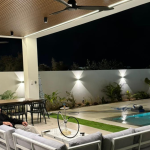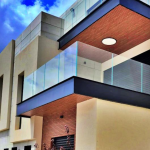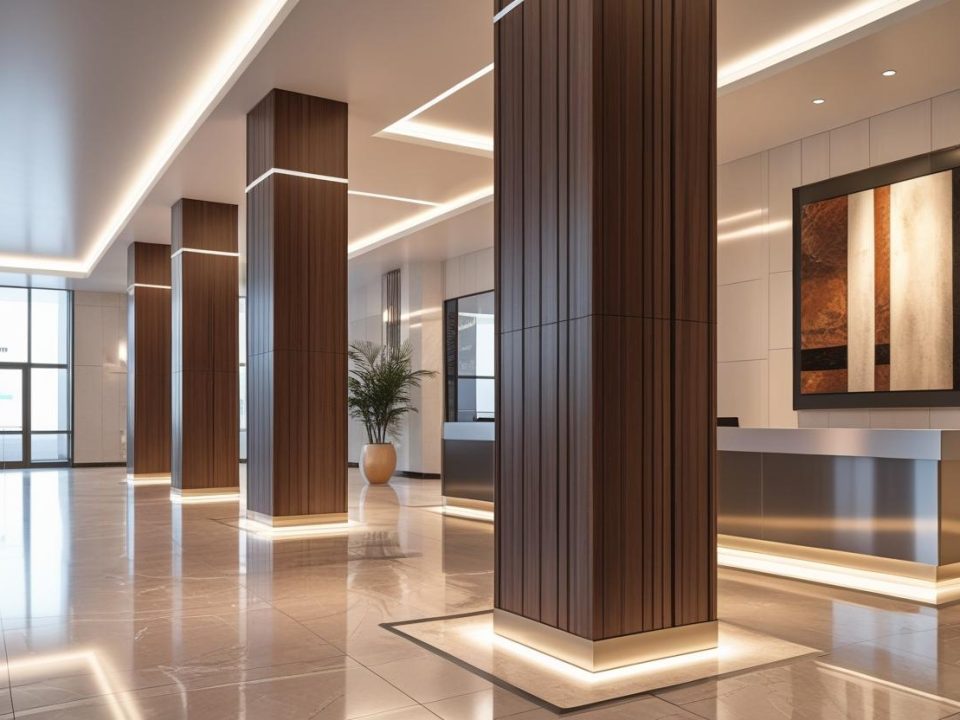
How Aluminum Cladding Can Improve Indoor Air Quality in Modern Buildings

The Impact of Aluminum Cladding on Building Longevity

Architecture, like all forms of art, evolves over time, adapting to new materials, technologies, and cultural shifts. One material that has emerged as a game-changer in the transformation of classic architecture is aluminum.
With its unique blend of durability, flexibility, and sustainability, aluminum is bridging the gap between traditional architectural forms and modern innovations.
This shift not only preserves the elegance of historical designs but also introduces a new wave of trendsetting possibilities in contemporary architecture.
The Rise of Aluminum in Architecture
Aluminum’s journey into architecture began in the early 20th century. Before this period, traditional materials such as brick, wood, and stone dominated the construction landscape. However, with advancements in aluminum production in the 1920s, the metal became more affordable and accessible.
Its lightweight nature, combined with strength and resistance to corrosion, made it a popular choice for structural components like doors, windows, and curtain walls.
Landmark buildings like the Empire State Building utilized aluminum extensively, both in structural and decorative applications, showcasing its potential in modern architecture.
Why Aluminum is Perfect for Reviving Classic Designs
1. Mimicking Traditional Materials
One of the reasons architects favor aluminum in revamping classic designs is its ability to replicate traditional materials. For example, aluminum cladding can mimic the appearance of stone or wood while offering the advantages of lightweight construction and greater durability.
This makes it ideal for renovating old structures, allowing buildings to maintain their historical aesthetics without the maintenance issues commonly associated with natural materials.
2. Flexibility in Design
Aluminum is incredibly malleable, allowing architects to experiment with complex shapes and designs that would be difficult to achieve with traditional materials like brick or stone.
This flexibility enables the seamless integration of modern elements into classic structures. From intricate façade designs to futuristic roofing systems, aluminum provides the versatility that architects need to blend tradition with innovation.
3. Sustainability and Recyclability
In today’s environmentally conscious world, sustainability is at the forefront of architectural decisions. Aluminum is 100% recyclable without any loss in quality, making it one of the most eco-friendly materials in construction.
Using aluminum in restoration projects or new constructions means fewer environmental impacts, aligning with green building practices and certifications like LEED.
Aluminum in Modernized Historical Buildings
The use of aluminum in modernizing historical buildings is on the rise. Architects are finding innovative ways to incorporate aluminum into older structures without compromising their classic charm.
For example, in many urban renovations, aluminum facades are applied to older brick buildings to give them a modern, sleek appearance while preserving their original structure underneath. This method allows for the protection of the historical integrity of the building, combined with the advantages of energy efficiency and modern aesthetics.
In addition, aluminum’s resistance to corrosion and harsh weather conditions ensures that these renovated buildings require minimal maintenance, preserving their beauty for decades without the constant upkeep that traditional materials demand.
This is particularly valuable in coastal cities or regions with extreme weather, where older buildings are often subject to damage from the elements.
Classic Meets Contemporary: Iconic Examples
Several iconic architectural projects highlight how aluminum has transformed classic architecture:
- The Aluminaire House: This was the first all-metal house in the United States, constructed using aluminum. It showcased how modern materials like aluminum could revolutionize home design, combining lightweight construction with strong, long-lasting materials.
- The Twist in Norway: This art gallery, built using aluminum panels, blends seamlessly into its natural surroundings while creating a visually stunning contemporary space. The building’s twisted design, achievable only with the flexibility of aluminum, redefines traditional architecture while maintaining an organic connection to its environment.
How Aluminum is Shaping the Future of Architecture
Looking forward, aluminum is poised to continue shaping the architectural landscape in unique ways. With advancements in modular construction, aluminum’s lightweight and durable properties make it an ideal material for pre-fabricated structures that can be assembled on-site quickly and efficiently. This is particularly relevant in urban areas where space and time constraints are a concern.
Moreover, aluminum’s role in smart facades is expanding. With innovations such as energy-efficient cladding systems that can regulate building temperatures, aluminum is contributing to the rise of sustainable architecture.
These systems not only reduce energy consumption but also provide buildings with modern, sleek exteriors that can adapt to changing environmental conditions.
Conclusion
Aluminum has transformed from a material rarely used in classic architecture to a trendsetting force that bridges the past and the future. By offering flexibility, sustainability, and the ability to mimic traditional materials, aluminum allows architects to modernize historical buildings while respecting their heritage.
As we move forward, aluminum’s role in sustainable design, smart building solutions, and aesthetic versatility will continue to make it a cornerstone of both classic and contemporary architecture.
Explore how GTO Aluminum can bring modern innovation to your next architectural project by visiting gtoaluminum.com.





